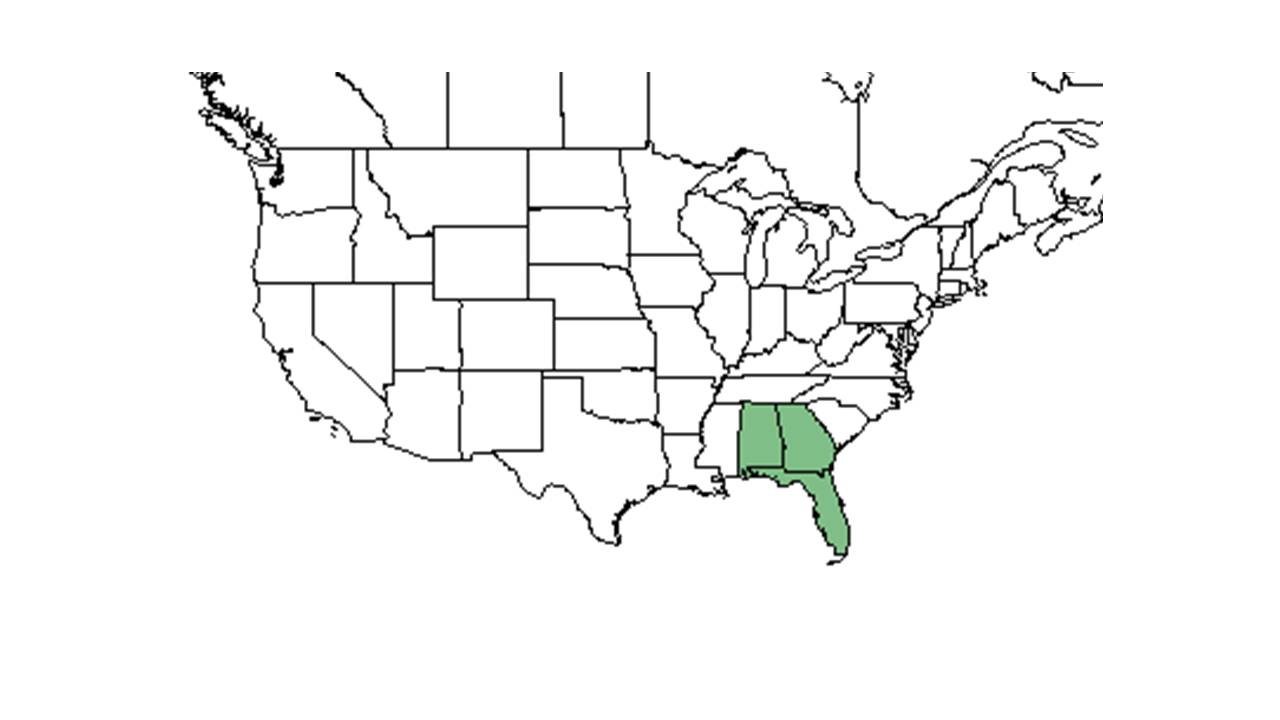Difference between revisions of "Agalinis divaricata"
(→References and notes) |
|||
| Line 45: | Line 45: | ||
==References and notes== | ==References and notes== | ||
FSU herbarium http://herbarium.bio.fsu.edu/ | FSU herbarium http://herbarium.bio.fsu.edu/ | ||
| + | |||
| + | Hall, David W. Illustrated Plants of Florida and the Coastal Plain: based on the collections of Leland and Lucy Baltzell. 1993. A Maupin House Book. Gainesville. 341. Print. | ||
Wunderlin, Richard P. and Bruce F. Hansen. Guide to the Vascular Plants of Florida. Second edition. 2003. University Press of Florida: Gainesville/Tallahassee/Tampa/Boca Raton/Pensacola/Orlando/Miami/Jacksonville/Ft. Myers. 546. Print. | Wunderlin, Richard P. and Bruce F. Hansen. Guide to the Vascular Plants of Florida. Second edition. 2003. University Press of Florida: Gainesville/Tallahassee/Tampa/Boca Raton/Pensacola/Orlando/Miami/Jacksonville/Ft. Myers. 546. Print. | ||
| − | |||
| − | |||
Revision as of 12:42, 6 July 2015
| Agalinis divaricata | |
|---|---|
Error creating thumbnail: Unable to save thumbnail to destination
| |
| Scientific classification | |
| Kingdom: | Plantae |
| Division: | Magnoliophyta - Flowering plants |
| Class: | Magnoliopsida - Dicotyledons |
| Order: | Lamiales |
| Family: | Orobancheaceae |
| Genus: | Agalinis |
| Species: | A. divaricata |
| Binomial name | |
| Agalinis divaricata (Chapm.) Pennell | |

| |
| Natural range of Agalinis divaricata from USDA NRCS Plants Database. | |
Contents
Description
Common names: Pineland False Foxglove; Little Gerardia
Synonym names: Gerardia divaricata Chapm.
Is an annual and flowers in the fall (Hall 1993). Flowers summer to fall (Wunderlin and Hansen 2003).
Distribution
Infrequent in central, north, and west Florida. Found from: West to Mississippi, east to Alabama (Hall 1993).
Ecology
Habitat
It occurs primarily in well drained sands and loamy sands of pine-oak sandhill communities, sand dunes and interdune hollows (Entisols), and pine flatwoods communities (Spodosols). It requires high light. It thrives in frequently burned areas (FSU herbarium). Found in dry, scrub pinelands (Hall 1993). Found in dry pine-oak savannas, sandhills, and mesic bog margins (Wunderlin and Hansen 2003).
Phenology
Seed dispersal
Seed bank and germination
Fire ecology
Pollination
Use by animals
Diseases and parasites
Conservation and Management
Requires fire or other vegetation-removing disturbance to maintain high light levels and reduced competition. Does not appear to be common in areas with a great deal of soil disturbance, although it occurs along roadsides and ditches (FSU herbarium).
Cultivation and restoration
Photo Gallery
References and notes
FSU herbarium http://herbarium.bio.fsu.edu/
Hall, David W. Illustrated Plants of Florida and the Coastal Plain: based on the collections of Leland and Lucy Baltzell. 1993. A Maupin House Book. Gainesville. 341. Print.
Wunderlin, Richard P. and Bruce F. Hansen. Guide to the Vascular Plants of Florida. Second edition. 2003. University Press of Florida: Gainesville/Tallahassee/Tampa/Boca Raton/Pensacola/Orlando/Miami/Jacksonville/Ft. Myers. 546. Print.